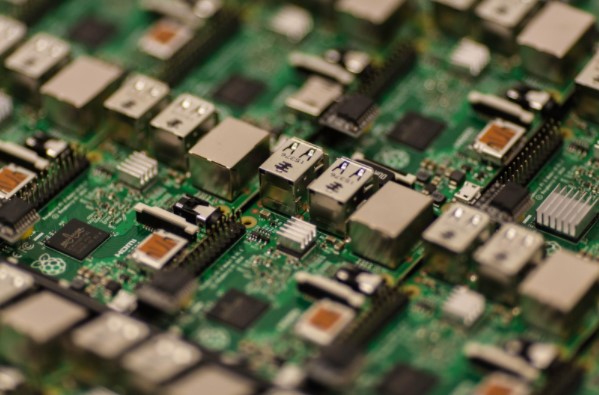If you’re an IT pro looking for a challenging career, there are lots of opportunities to be found in this field. It’s not as hard as you might think! There are many ways to take the first step on your IT tech journey. In this post, we’ll give you some tips on getting started as an IT technician and provide some suggestions for your first steps.
What you’ll need to know before you launch your IT career
Starting a career in technology is exciting, but it can be intimidating if you’re unsure what to expect. Specific skills are necessary for the job, so it’s best to learn them early on.
Here are some skills that you’ll need to know before investing in a tech career:
- Computer operating systems (Windows and Linux)
- Web hosting platforms and services (Amazon Web Services, Google Cloud Platform and Microsoft Azure)
- Web development languages (HTML5, CSS3, JavaScript, PHP) and tools (GitHub, Sublime Text 3 and Adobe Creative Suite)
- Database management software (MySQL and Oracle) and networking principles such as TCP/IP
It might be that you are entirely new to this area and need to start from the bottom up, in which case, there are many tutorials online that help you get started with a range of different skills.
Or you might need to look at expanding your skills and learning how to assemble and disassemble PC, gaming setups and more. You will need to invest in a tool kit to help you get started first, such as;
- Glue guns from Glue Guns Direct
- Screwdrivers
- Cable Testers
- POST Card
- USB Network Adaptor
This list isn’t exhaustive but will help you to get started.
Steps you should take to get started as a tech
The first step you should take is to decide what type of IT specialist you want to be. There are many different types of IT pros, and they can all lead to fulfilling careers.
Below are some examples of the different kinds of IT professionals:
- * Desktop support specialists handle issues related to hardware and software on computers.
- * Network technicians install, maintain, and administer computer networks.
- * Database administrators work with databases.
- * System admins run the systems for an organisation’s network, servers, and databases.
- * Software developers write the software that runs on computers or mobile devices.
What’s Next?
After you’ve read through this article, it’s time to think about what your next steps might be. Here are some things to consider:
- Take a course or learn more about the field of IT that interests you.
- Network with people in the field and find out if any opportunities are available for you.
- Do an apprenticeship or volunteer with an organisation in the field before diving right into a job search.
- Practise at home disassembling PCs or computer systems and rebuilding them.
The key to building a successful career in this field is to constantly keep learning, following innovations and trends and staying on the top of your game.

















